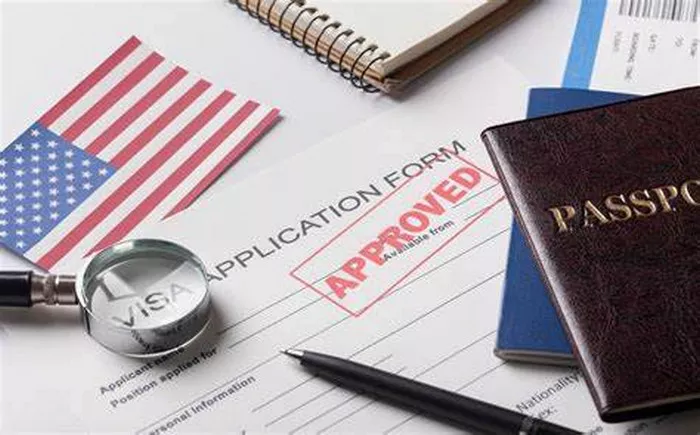Navigating the world of visas can be a complex and daunting task, especially when considering the diverse range of options available for individuals seeking entry into the United States. Whether for tourism, business, study, or employment purposes, understanding the different types of visas is essential for anyone planning to travel to the U.S. In this article, we will explore the various categories of visas offered by the U.S. government, outlining their specific requirements, benefits, and limitations.
Understanding the U.S. Visa System
The United States boasts a diverse and dynamic economy, attracting individuals from around the world seeking opportunities for work, education, or to join family members. Navigating the U.S. immigration system, however, can be a complex and intricate process. One of the key elements in this journey is understanding the various types of visas available for different purposes.
Nonimmigrant Visas: Temporary Stay
Nonimmigrant visas are designed for individuals who plan to stay in the United States temporarily for specific purposes. These visas are categorized based on the purpose of the visit, and each type comes with its own set of requirements and conditions.
1. B-1 and B-2 Visitor Visas
The B-1 visa is for individuals coming to the U.S. for business purposes, such as attending meetings or conferences. On the other hand, the B-2 visa is for tourists and individuals seeking medical treatment. Both visas are typically issued for short durations.
2. F and M Student Visas
For those aspiring to pursue academic or vocational studies in the U.S., the F and M visas are crucial. The F-1 visa is for academic students, while the M-1 visa is for those undertaking vocational or non-academic programs. Both visas require acceptance into a U.S. institution.
3. H-1B Specialty Occupation Visa
The H-1B visa is popular among skilled workers and professionals. It allows employers to hire foreign nationals for specialty occupations that require specialized knowledge, often in fields like science, technology, engineering, and mathematics (STEM).
4. J Exchange Visitor Visa
The J visa is designed for participants in exchange programs, fostering cultural exchange and mutual understanding between the U.S. and other countries. It includes categories such as au pairs, research scholars, and interns.
Immigrant Visas: Permanent Residence
Immigrant visas, also known as green cards, grant permanent residence in the United States. These visas are typically family-sponsored or employment-based, allowing individuals to establish permanent roots in the country.
1. Family-Sponsored Immigrant Visas
Family-sponsored visas are available for close relatives of U.S. citizens and permanent residents. The categories include immediate relatives, such as spouses, parents, and unmarried children under 21, as well as preference categories for more distant relatives.
2. Employment-Based Immigrant Visas
Employment-based immigrant visas are divided into five preference categories (EB-1 to EB-5), each with its own eligibility criteria. These categories cater to individuals with extraordinary abilities, professionals holding advanced degrees, skilled workers, investors, and more.
3. Diversity Visa (DV) Program
The Diversity Visa Program, also known as the green card lottery, aims to promote diversity among immigrants. Each year, a limited number of individuals from countries with low rates of immigration to the U.S. can apply for a chance to obtain a green card.
Dual Intent Visas: Temporary and Permanent Intent
Certain visas allow for dual intent, meaning that individuals can pursue both temporary and permanent residency in the U.S. These visas provide flexibility for those who may wish to explore long-term opportunities after initially arriving on a temporary basis.
1. L-1 Intracompany Transfer Visa
The L-1 visa is suitable for employees of multinational companies seeking to transfer to a U.S. office. It comes in two subcategories: L-1A for managers and executives and L-1B for employees with specialized knowledge.
2. O-1 Extraordinary Ability Visa
The O-1 visa is for individuals with extraordinary abilities or achievements in fields such as science, arts, education, business, or athletics. It allows them to work in the U.S. temporarily and potentially pursue permanent residency.
Conclusion
The U.S. visa system is diverse and intricate, offering various paths for individuals with different goals and aspirations. Whether seeking a temporary stay, permanent residency, or a blend of both, understanding the types of visas available is essential for navigating the complex immigration process. As policies and regulations may change over time, it is crucial to stay updated with the latest information from the U.S. Citizenship and Immigration Services (USCIS) and consult with immigration professionals for personalized guidance. By making informed decisions, individuals can embark on their U.S. journey with confidence and clarity.


